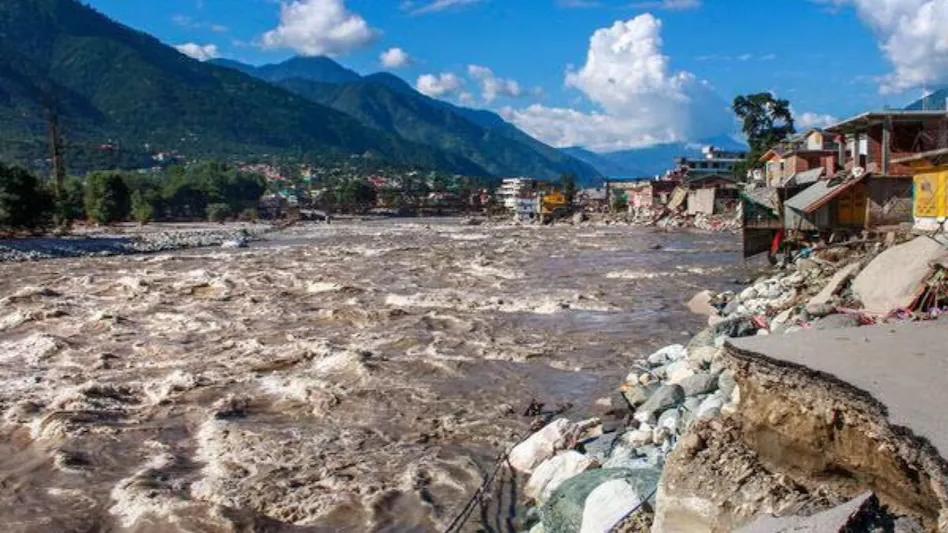Climate change is no longer just a global subject of discourse. The year 2025 is witnessing the onslaught of real effects in Pakistan and India. Climate Change in Pakistan and India 2025 are catastrophic. Floods, landslides, and fast glacier melting are changing lives all over again. I have seen some of these activities firsthand- they are not just statistics; they are real lives for many.
Floods Rising Up in Pakistan and India
Heavy rainfall is flooding both rural and urban areas. Cities with congestion lack proper drainage, while rural areas face devastation to crops and homes. I went to Punjab last summer and saw relatives there. Overflowing water had completely devastated fields. People were shifted to nearby schools for safety.
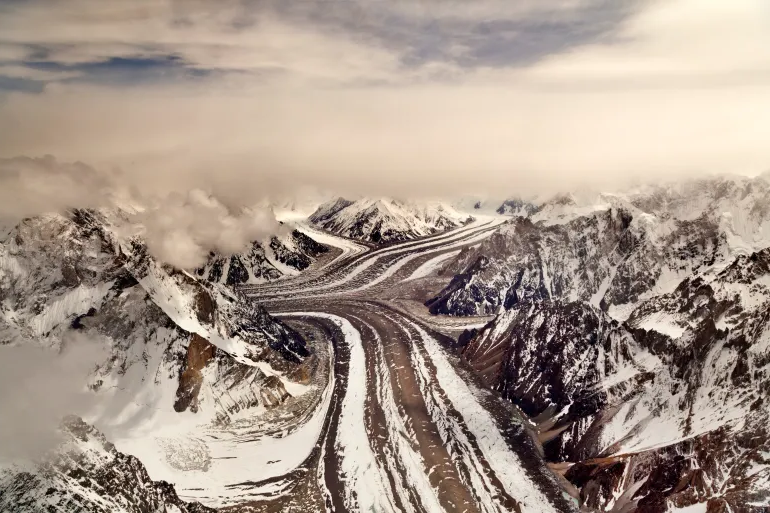
Landslides and Cloudbursts in the Mountain Regions
Increase in the number of landslides and cloudbursts out of nowhere are becoming dangerously normal in the mountain ranges of both Himalayas and Karakoram. The closure of the roads extend for days, completely halting communication for numerous people. The quiet mountains suddenly broke when I saw rocks falling nearby during my trip on the Karakoram Highway. It shows how small human engineering appears next to nature.
Glacier outburst flood blocked Ghizer river, put residents living near bank of the river at risk, the stranded people in flood managed to cross, flood damaged Talidas village. pic.twitter.com/FsYbvDxL8f
— Jamil Nagri (@jamilnagri) August 22, 2025
Glacier Melting and Its Influence on Water Flow
Glaciers are melting at a quicker rate than ever. They increase river water flow in summer and the risk of floods. Locals tell me that glaciers which stood for decades are now being observed melting visibly within years. Both fishermen and farmers feel the change as water levels have become unpredictable.
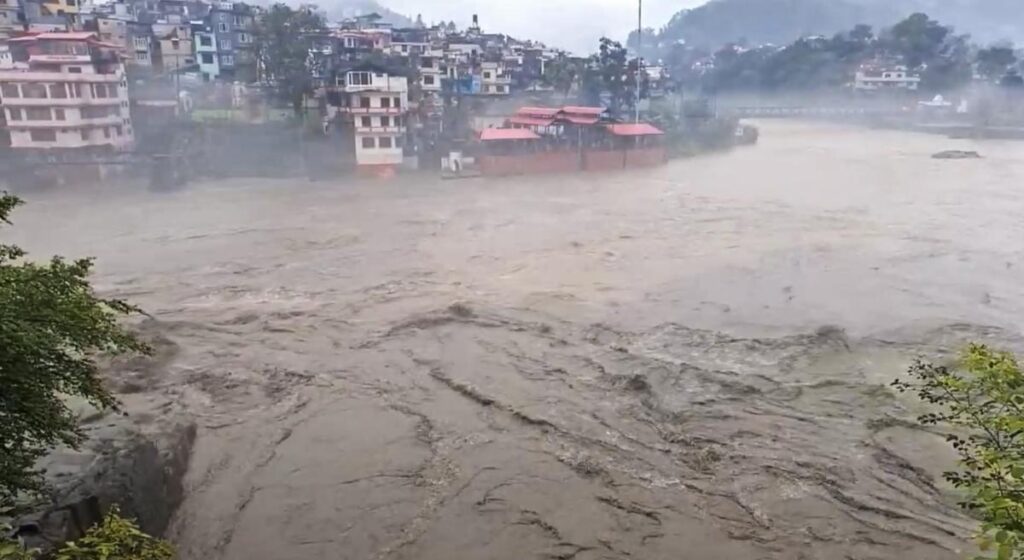
Human and Economic Losses from Extreme Weathers
Every disaster causes destruction. Homes are lost, crops are lost, and infrastructure is damaged. There is a high economic cost, but human suffering is higher. When I visited flood-affected persons in Sindh, one man told me that it is easy to build a house again but very difficult to build memories of life lost in the water.
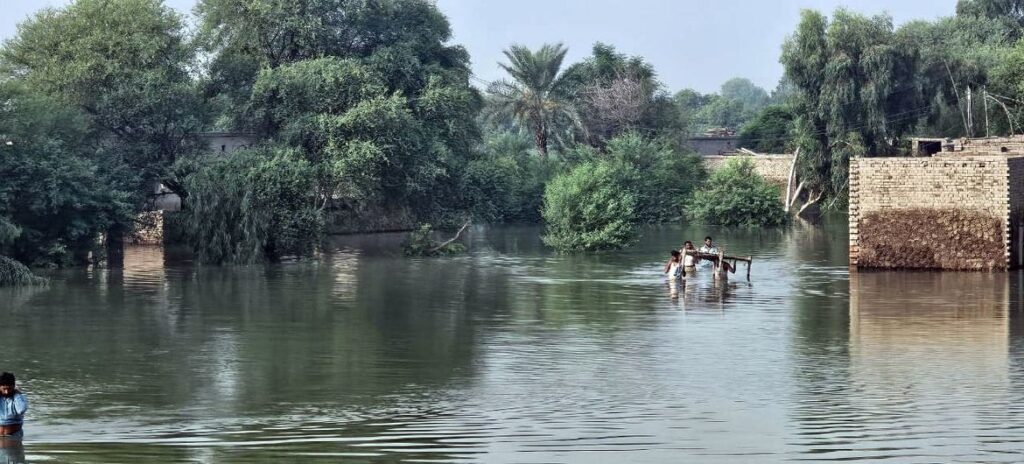
Root Causes of Climate Disasters in South Asia
One set of causes is global-globally rising temperatures, while others have bases in local choices in development. Deforestation, shoddy urban planning, and lack of preparedness increase the magnitude of the disaster. Pakistan and India also have a rampantly rising population, and cities expand, mostly unplanned. So they become very exposed to climate shocks.
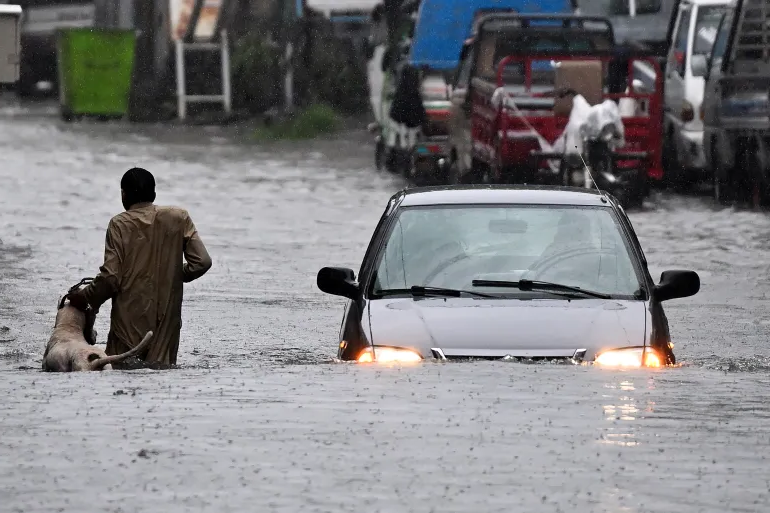
Local Experience and Ground Reality
If news could cover it all, there would be no need for me to write. There are families struggling to drink clean water, children missing the school and all them waiting for the arrival of aid. I also once saw the helpers cooking for these families who are displaced, under a torn tent. It captured how community support usually arrives before any official help.

Steps Needed to Reduce Future Climate Risks
Stopping climate change cannot happen in a night, we can only try to reduce the risk. We should take notes from the Climate Change in Pakistan and India 2025. To avoid such mishaps, we should plant more trees. There is a dire need of better planning of the cities and more impactful preps to avoid all this catastrophic events. The people and the government must work together to cope up with this issue. From my own experience, even simple actions like rainwater harvesting or effective garbage disposal could hustle some change if commonly practiced.
Source: Reuters, Al-Jazeera
Also Read: How India Pakistan Military Technology in 2025 Is Redefining Modern Warfare
How is climate change in Pakistan and India 2025 different from previous years?
In 2025, climate change has intensified with more frequent floods, glacier melting, and extreme weather patterns compared to earlier years.
Why are Pakistan and India facing repeated floods in 2025?
Rising temperatures, rapid glacier melting, and heavy monsoon rains triggered by climate change are the main causes of repeated floods in both countries.
What role do Himalayan glaciers play in climate change in Pakistan and India 2025?
Himalayan glaciers feed major rivers. As they melt faster due to global warming, river levels rise, causing floods and water management challenges.
How is climate change affecting people’s lives in Pakistan and India in 2025?
Communities face displacement, loss of crops, destroyed infrastructure, and rising health risks due to floods and landslides.
What can be done to reduce the impact of climate change in Pakistan and India?
Solutions include reforestation, better flood management, climate-resilient infrastructure, and regional cooperation on water and environment policies.

